|
Japan is fascinating, different. It challenges your preconceptions. It is a country of horrible juxtapositions. Travel to Kyoto by bullet train for the first time and you will be staggered at the concrete ugliness. Any concept of heritage preservation has been long shattered by City officials who have pulled down thousands of important cultural assets in a crass attempt at modernisation. And yet the place is studded with staggeringly beautiful gardens, temples, Edo-era streets. That these live side by side with neon pachinko parlours, high-rise bland hotels, overhead electric cables and ugly modern housing is apparently of little concern - its just the way things are in a country that rose astonishingly high on the back of the manufacturing and economic boom after WW2. Drive into the countryside anywhere in this archipelago and you will be confronted by massively expensive engineering projects, roads that lead nowhere, dams, concreted rivers, and blighted vistas. http://www.amazon.com/Dogs-Demons-Tales-Dark-Japan/dp/0809039435 Alex Kerr has the full story. Happily however there are some wonderful exceptions, and Benesse Art Site Naoshima , the collective name for a cornucopia of art museums, houses and installations scattered across three islands in the Seto inland Sea, is right up there amongst the very best that Japan`s art scene has to offer. http://architectuul.com/architecture/benesse-house-museum Forget any concept of art as something to be viewed on the hallowed walls of long-established ancient museums. This is art as Experience. Prepare to go on a Zen-like journey where nature meets concrete, old exists within new, and the ubiquitous contrasts that characterise this infuriatingly crazy country come into magnificent expression. For this we have to thank Soichiro Fukutake, the billionaire founder of the Benesse publishing and education empire who like some latter-day Lord Lever had a vision, the means and the `right` kind of sympathetic local officialdom to make it happen. For Port Sunlight (https://en.wikipedia.org/wiki/Port_Sunlight), read the Art House Project (http://www.benesse-artsite.jp/en/arthouse/). For the Lady Lever Art Gallery (https://en.wikipedia.org/?title=Lady_Lever_Art_Gallery), read the Chichu Art Museum (http://www.benesse-artsite.jp/en/chichu/). Its a bit of a hike from Tokyo involving planes and ferries and the odd bus thrown in, but well worth the visit. There are some low-budget accommodation options but this is island life at its simplest and slowest, so don`t expect too much. The best option if your budget will stretch to it (and its not ridiculously priced) is the Benesse House itself which is a combination of museum and hotel. A number of wonderfully designed rooms at different locations on the site are offered. We stayed in the museum itself. Toddle down to breakfast and you pass a couple of Hockneys and some Richard Long land art. A short bicycle ride or bus up the road and there are two more museums, each intimately co-existing with the natural surroundings. For now lets look at the Chichu museum. Chichu means `into the ground` and the architect Tarao Ando https://en.wikipedia.org/wiki/Tadao_Ando has created a ethereal series of geometric spaces sunken into the hillside. You approach walking up a hillside through a garden created to mimic Monet`s water lily garden at Giverny. By the time you reach the entrance you already feel at one with the natural world. The museum is designed in Ando`s characteristic style with a series of narrow passageways, long approaches and large geometric spaces open to the sky. You are going on a journey, a journey bounded with smooth concrete and natural light. The tie rod holes on the concrete slabs are no less iconic than the chisel marks made by stonemasons on the walls of a gothic cathedral. The journey is punctuated by areas of light and shade, temperature changes and a sense of contemplative tranquillity. This is Japanese minimalism at its finest. As you walk you come across work by the so-called `land artists` Walter de Maria and James Turrell, installations that use light to magical effect. In one Turrell work you walk up steps into a room that slopes away from you and is bathed in a light of the palest cadmium violet. You cannot perceive the walls and the ceiling. Distinctions become blurred, the space becomes other-wordly. Its like walking into a dream. And then of course there is Monet. And water lilies. Take your shoes off and walk through into an astonishingly pure space with cornerless walls, indirect illumination from natural light, and five of Monet`s canvases from the Musee de L`Orangerie`s Nympheas series. To be honest nothing compares to the Paris Museum`s collection but here the effect is amplified by the brilliance of the way they are displayed, seeming to float in a sea of white - created by 700,000 2 centimeter square Carerra marble cubes on the floor and a wall of the same sand plaster used in Takamatsu castle that took 30 artisans a whole day to complete. I could go on but by now you get the picture. The impression with which you leave is that the art itself is subsumed into the overall experience. I`m no zen afficionado, but in this spiritual place you can`t help transcendental thoughts from crowding in on your consciousness. Compare this with the traditional method of viewing art as in this old image of the Royal Academy Summer Exhibition! One final museum to describe, the spectacular building created on the island of Teshima by Nishizawa Ryue, which is as if an alien spaceship had somehow deposited itself on a rice-paddy stepped hillside at the back end of nowhere. It is in the form of a huge white teardrop-shaped blob. After removing your shoes you tiptoe through an igloo-style opening into a cavernous space with no columns or pillars and open to the elements in the form of two large circular openings through one of which you can view the sky and through the other, the trees. The atmosphere is hushed and cathedral-like. As you adapt to the mystical surroundings you become aware of little movements and glints of light on the floor beneath your feet. You realise that this is water issuing in droplets from tiny apertures in the floor. But it does not look like water. The droplets form into globular shapes that slide and shimmy across the floor like some weird living organisms or mercury escaped from an alchemist`s crucible. You find yourself drawn to sit or lie down and stare at these little water-creatures. Its mesmorising. Extraordinary in the true sense of the word. The creation of Naito Rei. You can check it out in this you-tube video ( https://www.youtube.com/watch?v=FeZFP7VAF9I&index=1&list=PLLkoLk52gUtVSalue1rXMaPFWHkTV5QeD long but look between 3.38 to 11.03 ). I have described some of the artworks and sites at Benesse Art Site Naoshima but there is so much more. Do try to visit if you get a chance. As for the bewildering contrasts mentioned at the beginning of this blog? Well, on the short ferry ride from Naoshima to Teshima you pass a huge copper smelting works discreetly tucked away on the north side of the island, owned and run by Mitsubishi Materials. This long predates all of the art stuff. Which just goes to show that whilst on your art pilgrimage you may be riding on a carriage of exquisite craftsmanship, below the running board turn the ineluctable wheels of Japanese industry.
0 Comments
Leave a Reply. |
AuthorSimon Dalby Archives
December 2023
Categories |
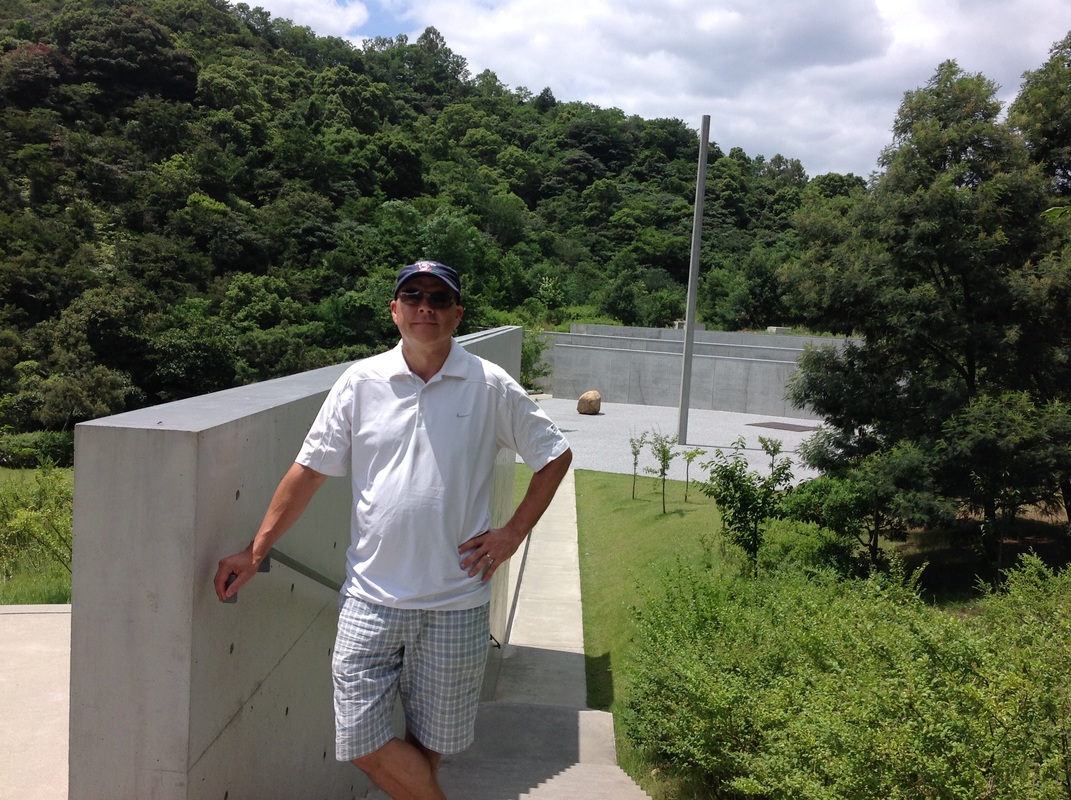
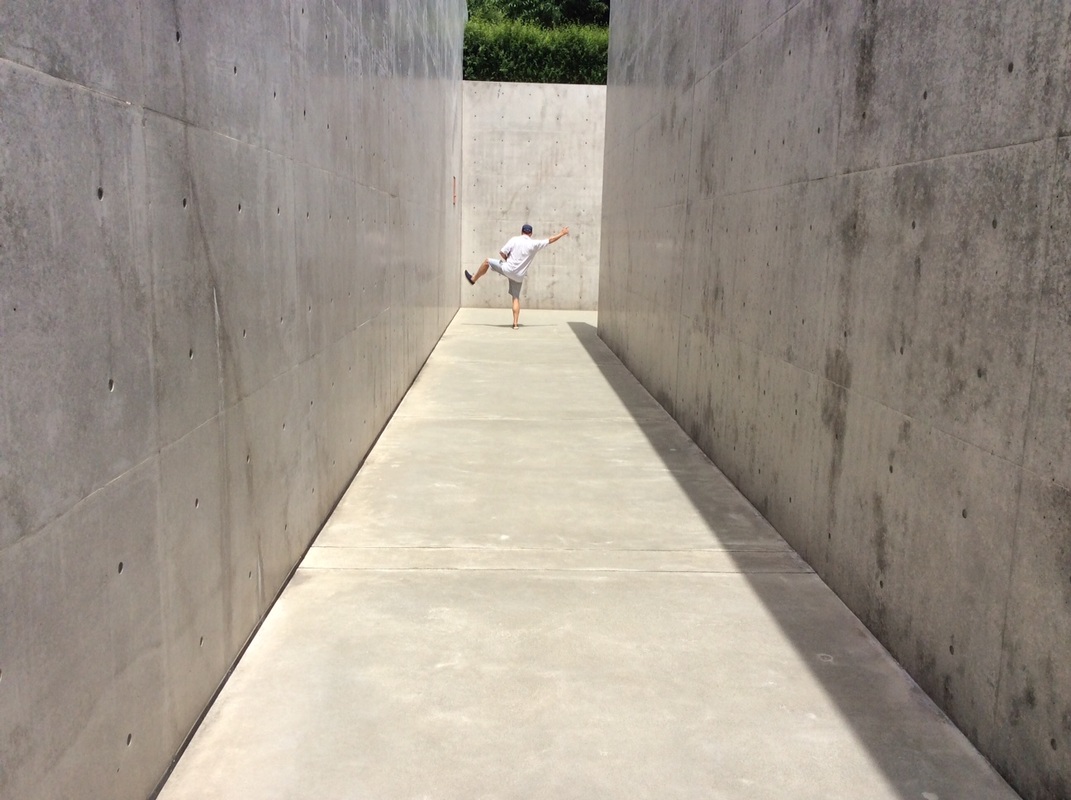
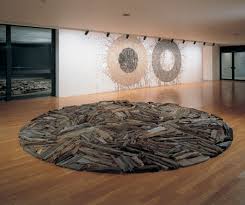
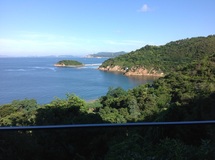
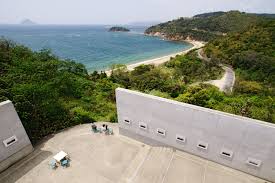
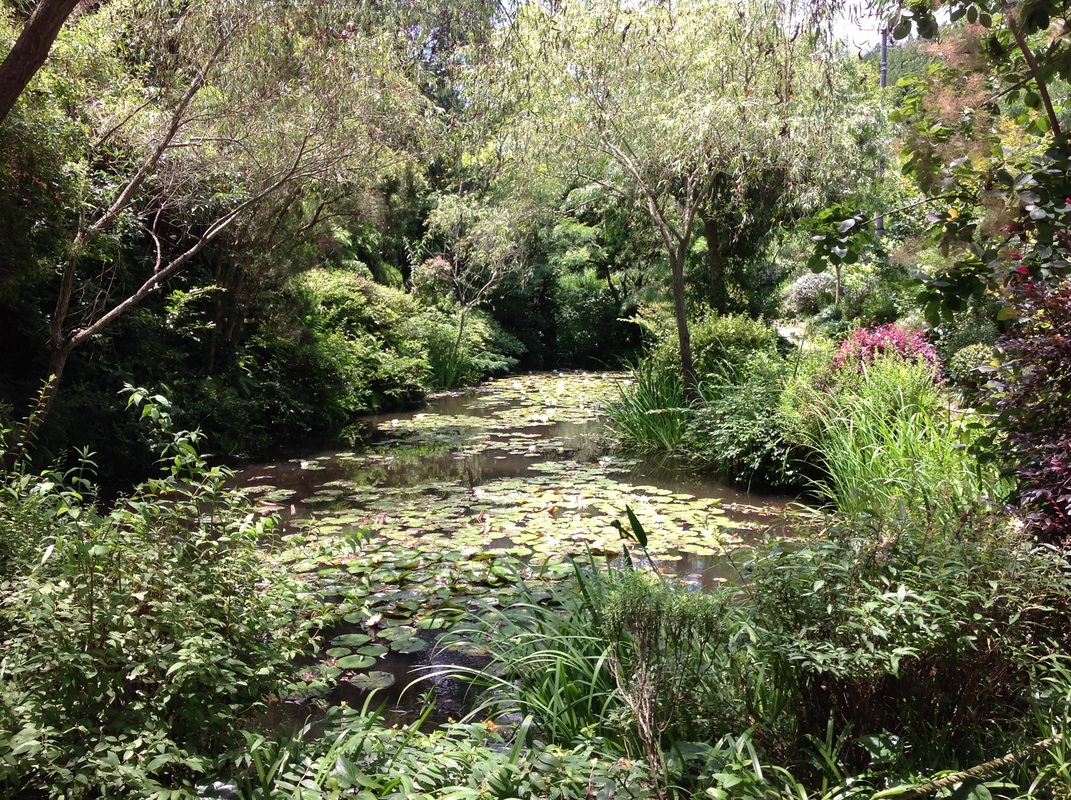
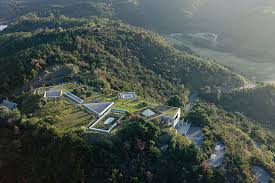
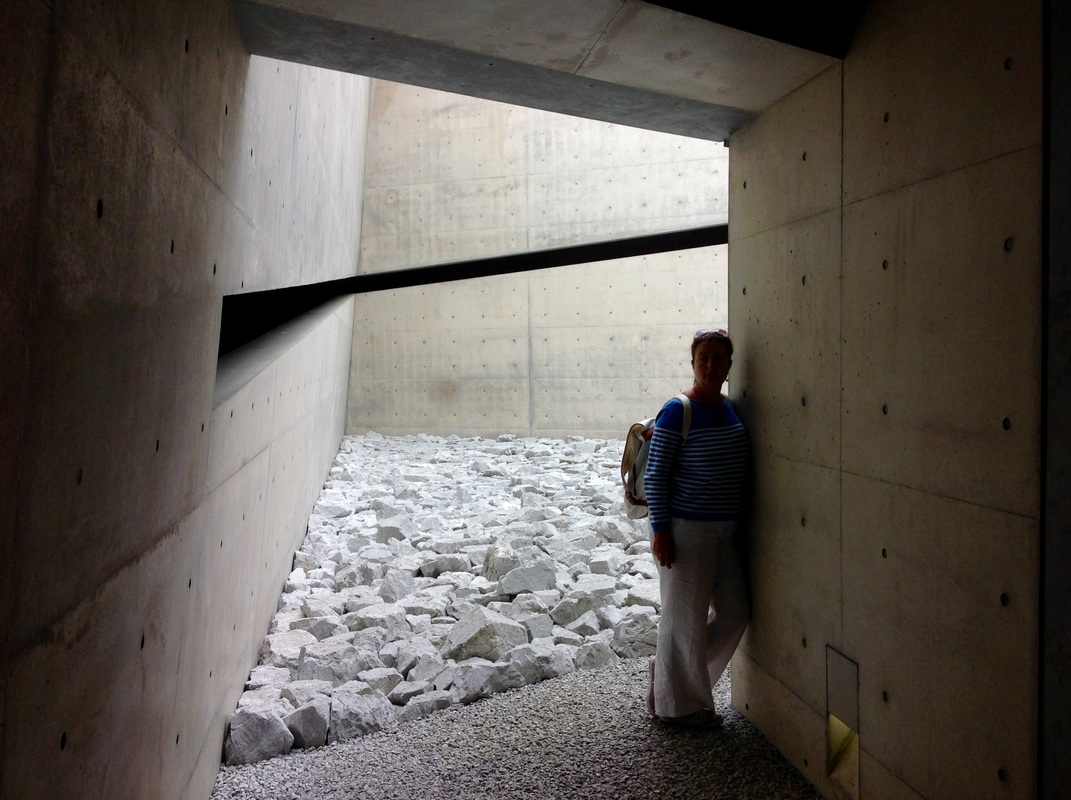
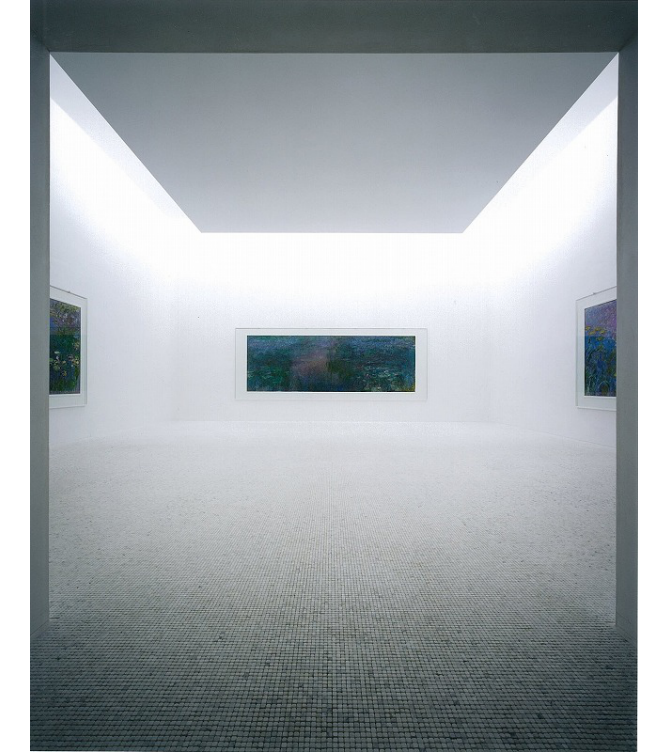
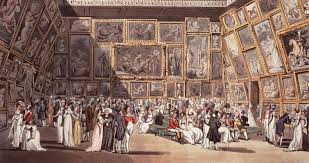
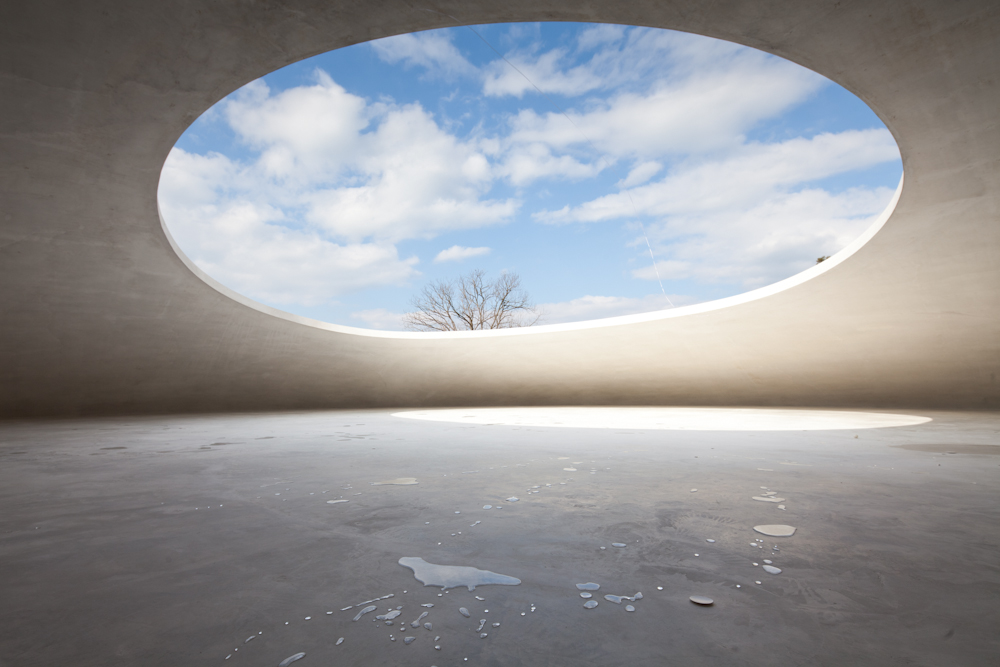
 RSS Feed
RSS Feed